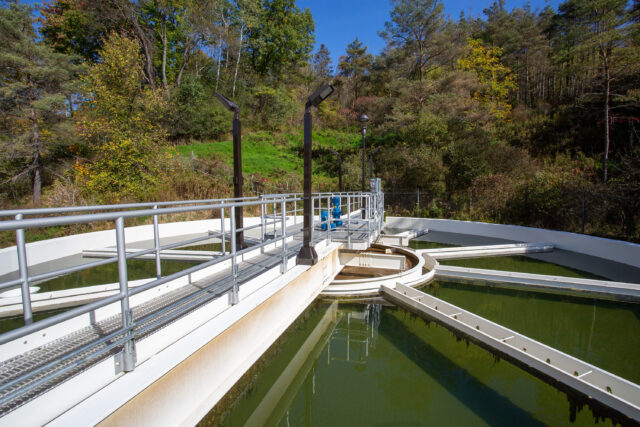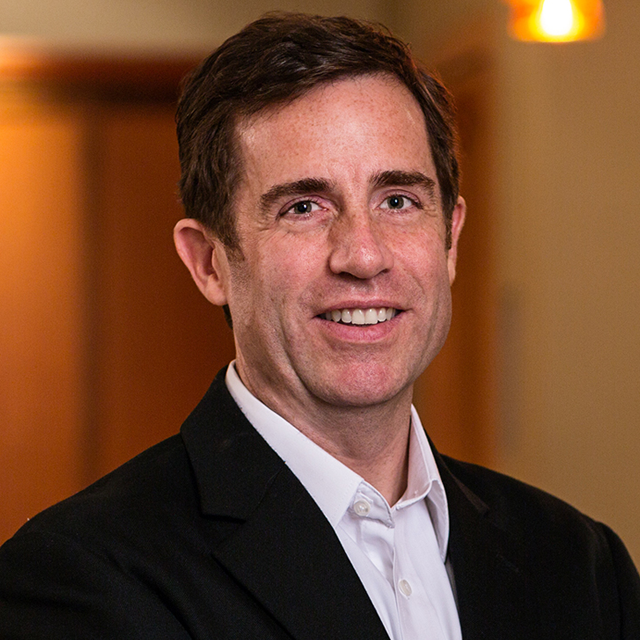First Steps to Navigating BILLIONS in Municipal Infrastructure

The federal government recently passed the Bipartisan Infrastructure Law (BIL) that will invest billions in improving municipal infrastructure.
Most of the funding will be offered through competitive grant applications. That means now is the time for communities to prepare.
How to Prepare?
Now is the time to develop preliminary engineering reports, conduct necessary testing, estimate costs, complete environmental reviews, and reserve funding for any required matches. Communities that are prepared will be first in line for funding and their grant applications will be more competitive.
- Complete an engineering report. It demonstrates readiness, which is a key factor in any grant application.
- Perform quality engineering studies that evaluate infrastructure design alternatives, provide cost estimates, and consider feasibility issues.
- Obtain realistic third-party cost estimates; they are critical not only to request an appropriate grant amount but also for municipalities to understand the actual cost of construction and what the required match is for the grant program.
- Budget for matches. Most grant programs require a match.
- Get Board/Council buy-in now. Confirm that your project is a priority to your community and will be well supported from the start.
- Staff up! With the volume of funding being released, does your community have the people resources to apply for, and more importantly, administer grants once awarded?
- Perform environmental reviews. Some grant programs may require the completion of state or federal environmental reviews to be eligible to apply. Get those done now and you’re ahead of the game.
Municipalities have a once-in-a-lifetime opportunity to take advantage of multiple funding streams that will not be available again for decades. Completion of engineering reports and other documentation will ensure municipalities are ready and nimble to apply for grant funding as it becomes announced and will increase competitiveness for those funds. And if you are not ready for this year, there will be four more years of historic infrastructure funding!
Digging Deeper Into Funding
New EPA SRF Funds for Water and Sewer
While it has been a challenge to navigate all the information coming out of Washington regarding the BIL, it is clear there will be a significant amount of funding for municipal infrastructure. First, the BIL will provide much needed funding to upgrade municipal water and sewer and sewer systems. The United States Environmental Protection Agency (EPA) has been allocated more than $50 billion in BIL funds to distribute water and sewer infrastructure grants and loans to states, tribes, and territories over the next five years primarily through the State Revolving Fund (SRF) program. The BIL requires that states provide a minimum of 49% of the funding in the form of grants, which are typically hard to obtain through the Drinking Water SRF and Clean Water SRF programs.
New EPA Non-SRF Funds for Forever Chemicals
BIL funding may also be provided to states to distribute funding outside the SRF program. A significant share of the $50 billion will be set aside to address emerging contaminants such as forever chemicals like perfluoroalkyl and polyfluoroalkyl substances (PFAS).
RAISE Grants for Large Urban, Small Rural, and Transportation
For larger transportation infrastructure projects, RAISE grants offers grant funding between $5 million and $25 million for a mix of large urban projects, smaller rural projects, and other projects that address regionally significant transportation issues. Projects that include bike and pedestrian components may be viewed more favorably. As part of the BIL, the total available under the RAISE program will increase by 50% annually ($1.5 billion/year) for the next five years, which may increase the number of awards made.
National Infrastructure Project Assistance for Transportation
Another $5 billion will be available under a new National Infrastructure Project Assistance Program, and an additional $5 billion for bike/pedestrian projects. Other BIL transportation funding will be distributed to states as well, who may have the discretion to pass through funding to municipalities via grant programs. Overall, there will be $110 billion dedicated to road and bridge projects under the BIL.
Building on Existing Funds and Funding Programs
Many communities are trying to finalize how they will spend their American Rescue Plan Act (ARPA) allocation. Infrastructure improvements are an eligible use of ARPA funds to upgrade local water, sewer, and stormwater systems.
While the BIL funding will provide a boost for the Drinking Water SRF and Clean Water SRF programs, the programs have always been available to address public health issues in municipal water and sewer systems. Similarly, other federal programs such as the Community Development Block Grant (CDBG) infrastructure program and the United States Department of Agriculture (USDA) Rural Development infrastructure program provide funding for municipal water and sewer systems.
For questions related to infrastructure funding, please contact Ed Flynn, Director of Planning, at eflynn@labellapc.com.

About the Author
Ed Flynn, AICPDirector of Planning
Ed is a certified planner with over 30 years of experience in planning, economic development, and downtown revitalization, including 13 years as the City of Batavia’s Director of Community Development. His extensive experience working with elected officials, community groups, and municipal staff has resulted in successful, award-winning projects. Ed is passionate about helping communities be a better version of themselves and enjoys shepherding a community’s revitalization journey from concept to reality.